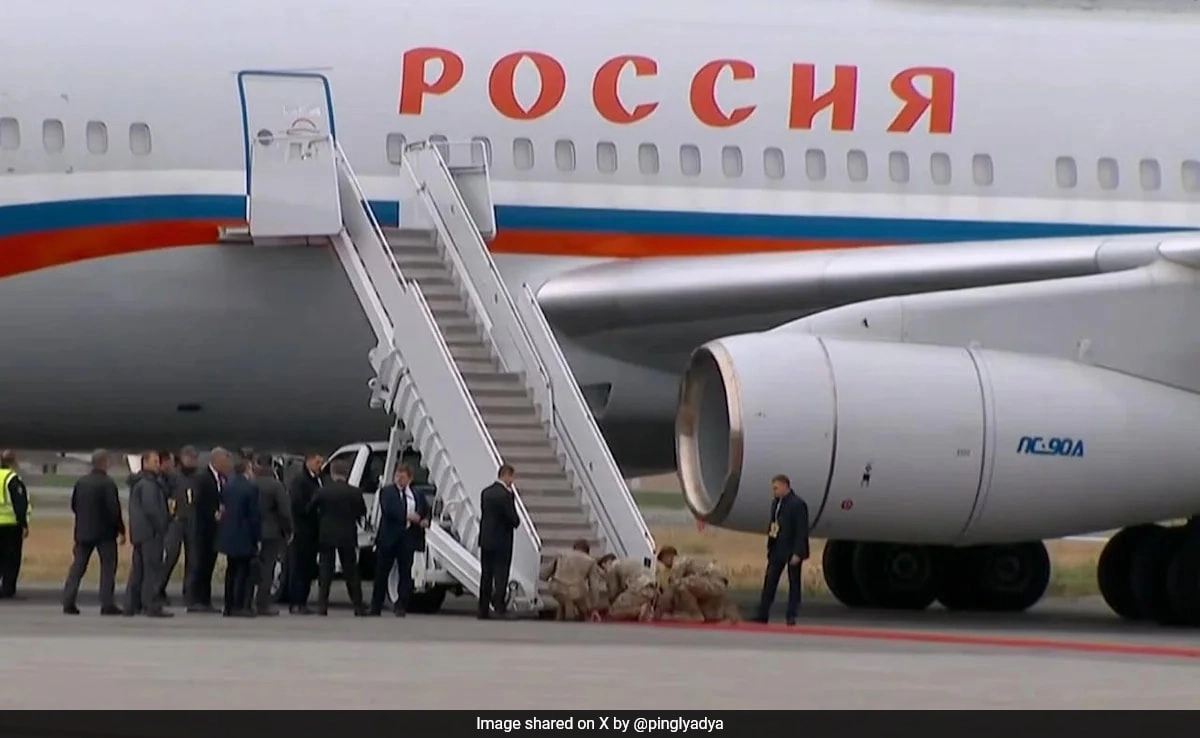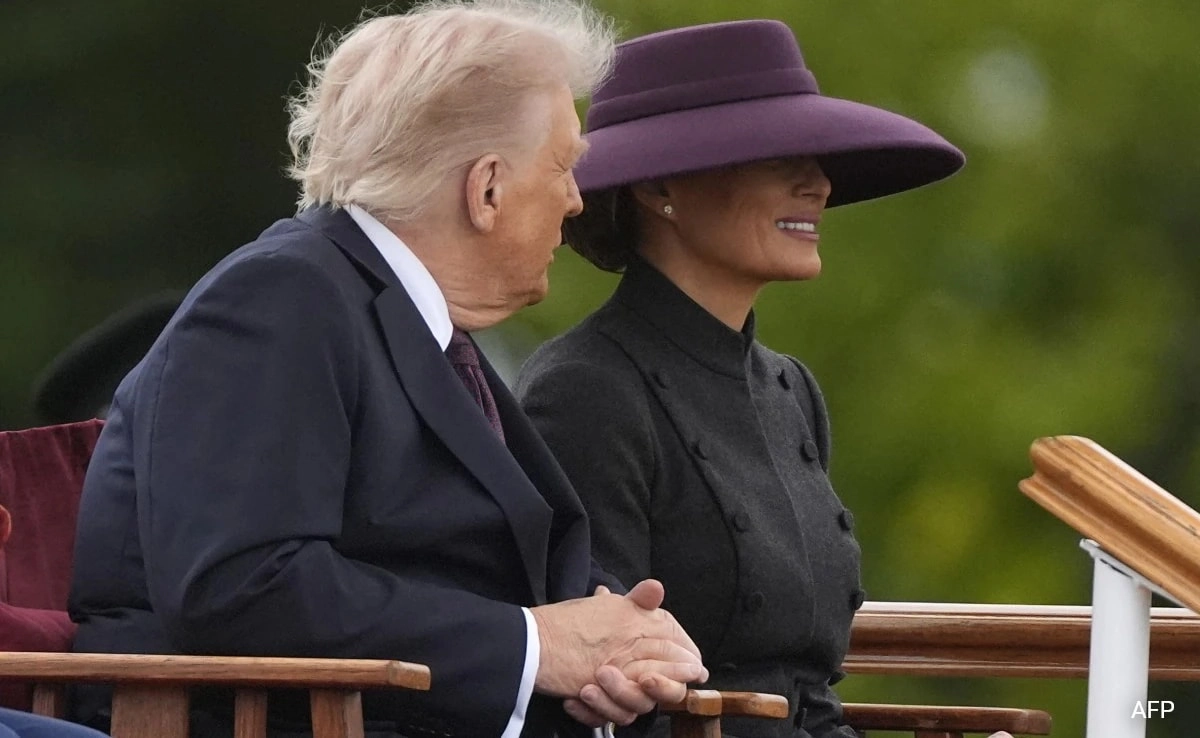A recent image capturing U.S. troops kneeling to roll out the red carpet for Russian President Vladimir Putin has sparked widespread discussion and controversy across social media platforms. The photograph, which quickly went viral, depicts military personnel in a position of deference, seemingly welcoming the Russian leader with a ceremonial gesture that many interpret as a sign of respect. However, the visual has ignited debate about the implications of such an act, especially given the complex geopolitical tensions between the United States and Russia.
Critics argue that the image undermines the seriousness of the United States’ stance on various issues involving Russia, including allegations of election interference, military aggression in Ukraine, and human rights violations. The optics of U.S. soldiers performing such a gesture for a leader often viewed as a geopolitical adversary raise questions about the message it sends both domestically and internationally. Supporters of the military personnel involved point out that such ceremonies are often steeped in protocol and tradition, emphasizing the importance of diplomacy even amidst underlying tensions.
This incident serves as a reminder of the delicate balance between diplomacy and national pride. While some view the red carpet ceremony as an essential aspect of statecraft, others see it as a troubling symbol of submission. The viral nature of the image reflects the current climate of political polarization, where interpretations can vary widely depending on one’s perspective. As discussions continue to unfold, the photograph has become a focal point for broader conversations about U.S.-Russia relations and the role of military personnel in diplomatic encounters. Ultimately, this event underscores the complex interplay between military tradition, diplomacy, and public perception in contemporary global politics.




